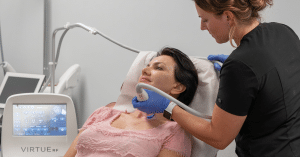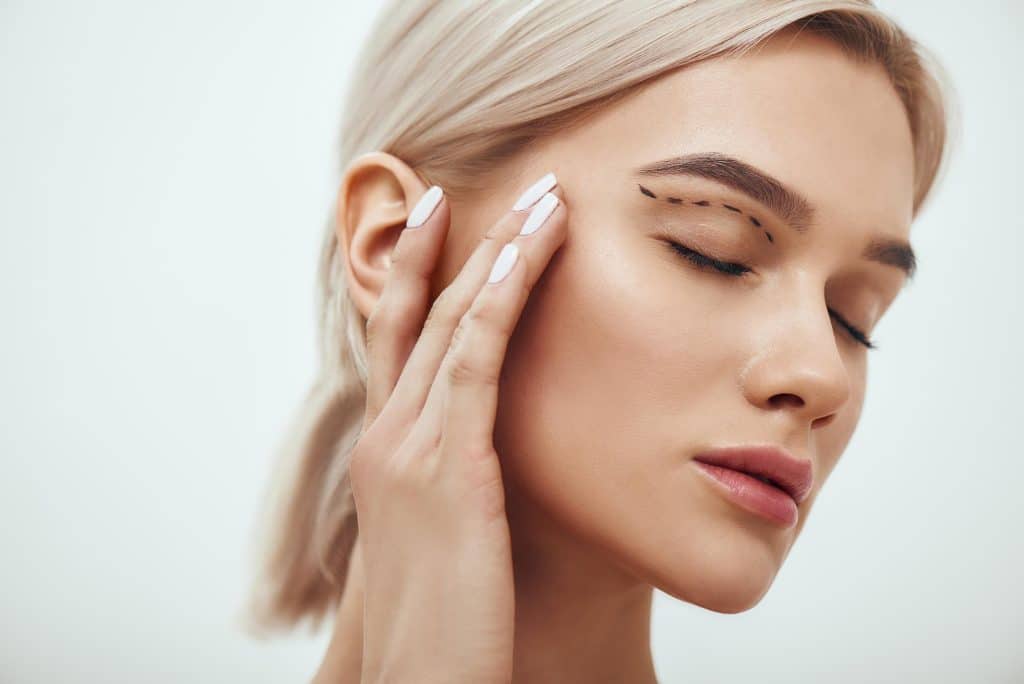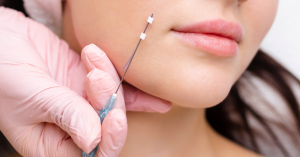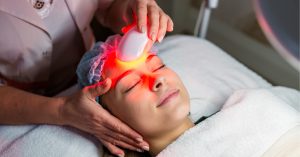
Everything You Need to Know About Virtue RF Microneedling
Microneedling has revolutionized the world of skincare with its ability to restore a youthful and vibrant appearance to the skin. Virtue RF Microneedling stands out

Palpebral ptosis, as known as eye drooping, is a medical condition in which the upper eyelid droops over the eye.
This condition presents with the upper eyelid loose over the eyes, partially covering the cornea. It affect only one eye (unilateral ptosis) or both (bilateral ptosis), and the intensity of eyelid descent can vary from patient to patient, ranging from mild to severe.
In more severe cases, you may experience the pupil being covered by the drooping eyelid. Not only is this aesthetically displeasing, but it also brings discomfort to your vision, often causing patients to seek medical help.
There are varying causes for drooping eyelids. Some are already born with this condition, called congenital ptosis. Others, in turn, develop ptosis due to aging, and it is especially common in patients over 40.
Patients who have suffered trauma or injury to the eyes may also have hooded eyes as a result of the injury. The same can also happen as a result of surgical procedures on the eyes.
Conditions that affect the body’s muscle function, such as Myasthenia gravis, may also have drooping eyelids. In these cases, the patient wakes up with normal eyes, and their eyelid droops throughout the day.
Diseases such as diabetes, eye tumors, and other neurological diseases may also cause drooping eyelids.
Eye Drooping symptoms include:
To remedy droopy eyelids, many people opt for surgery or the application of specific makeup that can help disguise them. However, several facial exercises are also helpful and can be very effective in the prevention of droopy eyelids.
Among the facial exercises that bring significant improvements, two are particularly effective:
While it is a fairly common condition, asymmetrical eyes can have very unpleasant consequences. Factors such as genetics and aging, are usually the most common causes of this condition.
Although a surgical procedure is usually necessary for repair, there a few non-surgical options:
This accessory is used along with prescription glasses to hold the eyelids up. This combination can be successful in helping combat asymmetrical eyes.
If you already wear glasses, talk to your eye doctor about using this tool. It is important to note that will be visible and noticeable while wearing your glasses. However, it does not interfere with the health of your eyes.
Less invasive than surgical procedures, Botox injections help make the skin around the eyes firmer.
This will help lift eyelids and minimize the asymmetry. Although the treatment may cause a slight discomfort, it goes away in a short time period.
It is worth noting that researching before choosing a specific professional or clinic is essential. Botox injections must be done by qualified medical professions and clinics to ensure safety and the best results.
Dermal Fillers plump the muscles around your eyebrows. The injection helps tighten the skin around the eyes, lifting the eyelid and eliminating the drooping expression. Such injections can cause a little discomfort, but it usually pass quickly.
This treatment releases an electromagnetic current in the skin softening the tissues around the eyes. As a result, they firm the skin and help lift the eyebrows.
Eye drops like Upneeq can help lift a droopy eyelid. It is the only approved treatment specifically for ptosis. The Upneeq drops can lift the eyelids without surgery, acting directly on the Muller’s muscle.
Eye drops also have positive implications for aesthetic medicine, particularly in the use of oxymetazoline hydrochloride.
This technique removes the top layers of skin, reducing the appearance of creases.
If you want a simpler methodology to alleviate this problem, using makeup is a good idea. Shadow application, for example, can bring a more natural effect, minimizing the aesthetic appearance and making feel you more confident.
Also, eyeliner and mascara are your friends. Just need to iron them carefully to ensure a good result.
Many do not believe in using natural products to combat asymmetrical eyes. However, they can be very efficient in alleviating this condition.
Options such as applying cucumber slices to the eye for about 20 minutes or chilled chamomile sachets may also help. Aloe vera and egg white masks are also popular natural remedies to treat drooping eyes.
The important thing is that you do what you feel good about. Regardless of the form of treatment chosen, be sure to talk to your doctor or a professional clinic to ensure the best results.

Microneedling has revolutionized the world of skincare with its ability to restore a youthful and vibrant appearance to the skin. Virtue RF Microneedling stands out

Are you looking for a non-surgical solution to tighten and lift your skin? Look no further than collagen thread lifts. These innovative procedures have gained

Are you looking to achieve clear, youthful, and vibrant skin? Look no further than BroadBand Light (BBL) facials. This revolutionary treatment utilizes advanced technology to
© 2020-Glamor Medical.
Website by Argon Agency.